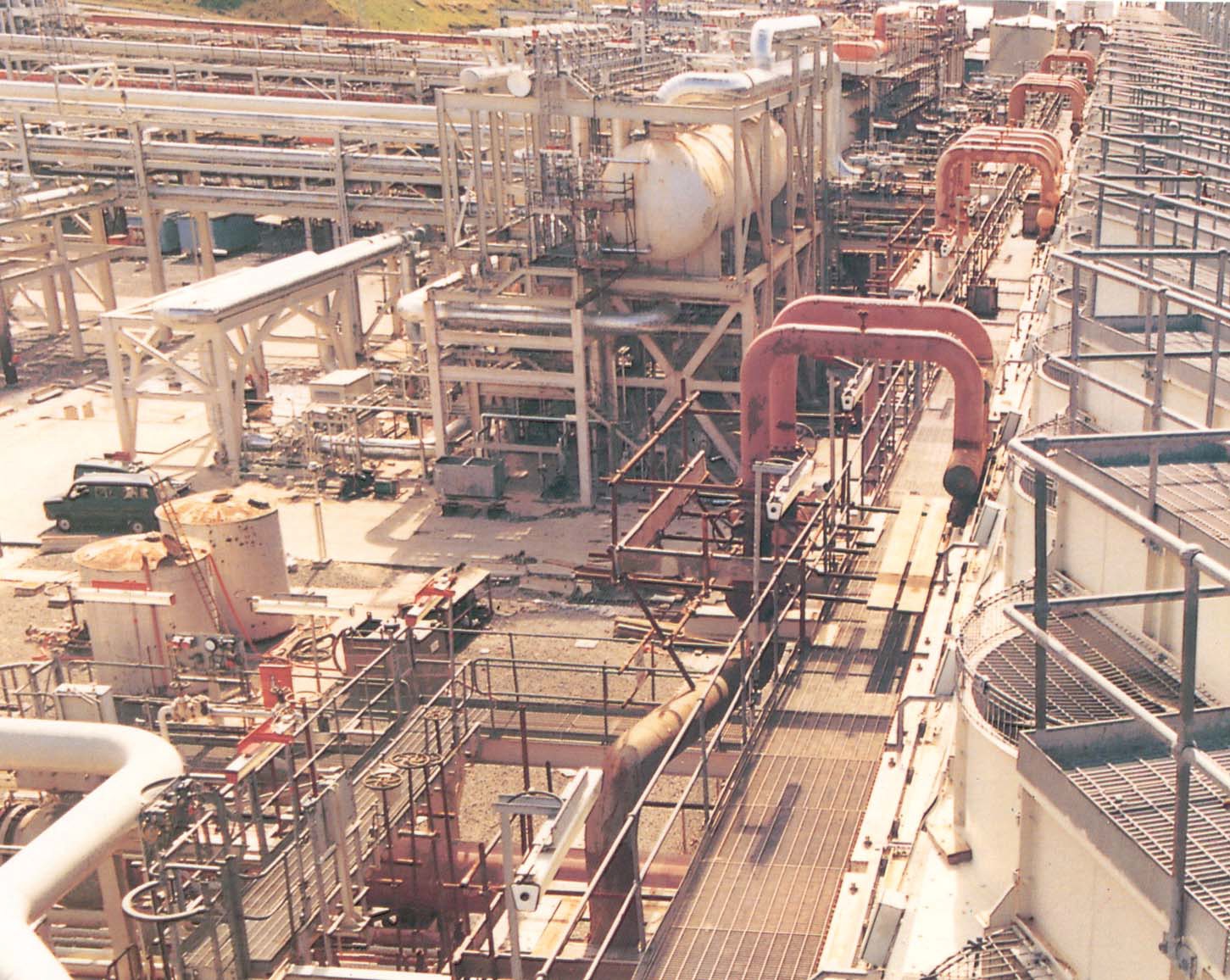Considerable performance factors while choosing a Valve Material
Valves are made in different ways considering material and design depending on specific application area. An essential factor for the material selection is the condition in which it is used.
When designing or choosing a valve there are several factors that are essential to be considered. What is needed from the valve is totally based on the application for which it will be used. Size is crucial if there are strict limits for the valve in an application. In other cases, design can be a more interesting factor. Different environments demand different types of valve materials which is primarily led by properties of the flowing media in terms of pressure, wear, corrosion and temperature.
Wear
When a vale opens or closes, sections of the designs are put in motion and components will inevitably be in contact with each other. The emerging contact situation leads to some magnitude of eradication of material. It is called wear. If one surface comprises a material that has hard particles at the surface, the valve sufers from double abrasive wear, in the condition that the particles are harder as compare to other surface. These harder particles wear down the application material’s surface. Therefore material’s mechanical properties such as hardness and surface roughness should be adequate.
Corrosion
Corrosion occurs when the vale material comes in contact of chemical or undergoes electrochemical reactions with the environment in which it performs. For example valves in pulp and paper applications. The material’s surface is corroded in different ways. It may happen throughout the material’s surface and is called direct chemical corrosion or it occurs in localized way. During localized corrosion, pits and holes develop on the material’s surface which is called pitting corrosion. Inconel 718’s resistance to localized corrosion is appreciable. This alloy also offers significant resistance to stress corrosion cracking, intergranular corrosion and transgranular corrosion which usually occur due to a combination of tensile stress and a corrosive condition. It is essential to keep in mind that stress corrosion cracking is caused by different corrosion media for different alloys and materials. For instance, although austenitic steels are high corrosion resistant materials they are susceptible to chloride conditions. Other types of corrosion that should also be considered are: galvanic corrosion, selective leaching, erosion corrosion, hydrogen embrittlement and biological corrosion
High Temperature
The elevated temperature service conditions become terribly different for a valve. At high temperatures, dependence on time is seen, as the application material exhibits a creep behavior. Creep can be stated as a plastic strain that increases with increase in temperature when a material withstands stress for specific time duration. When stress is up to a severe limit, it causes component’s cracking. If the equipment damages without experiencing steady state creep, it called secondary creep. Additionally with increase in temperature, the oxidation rate of material increases. So it is essential to choose a material that offers good oxidation resistance at high temperature in order to receive satisfactory performance in the oxidizing conditions.


